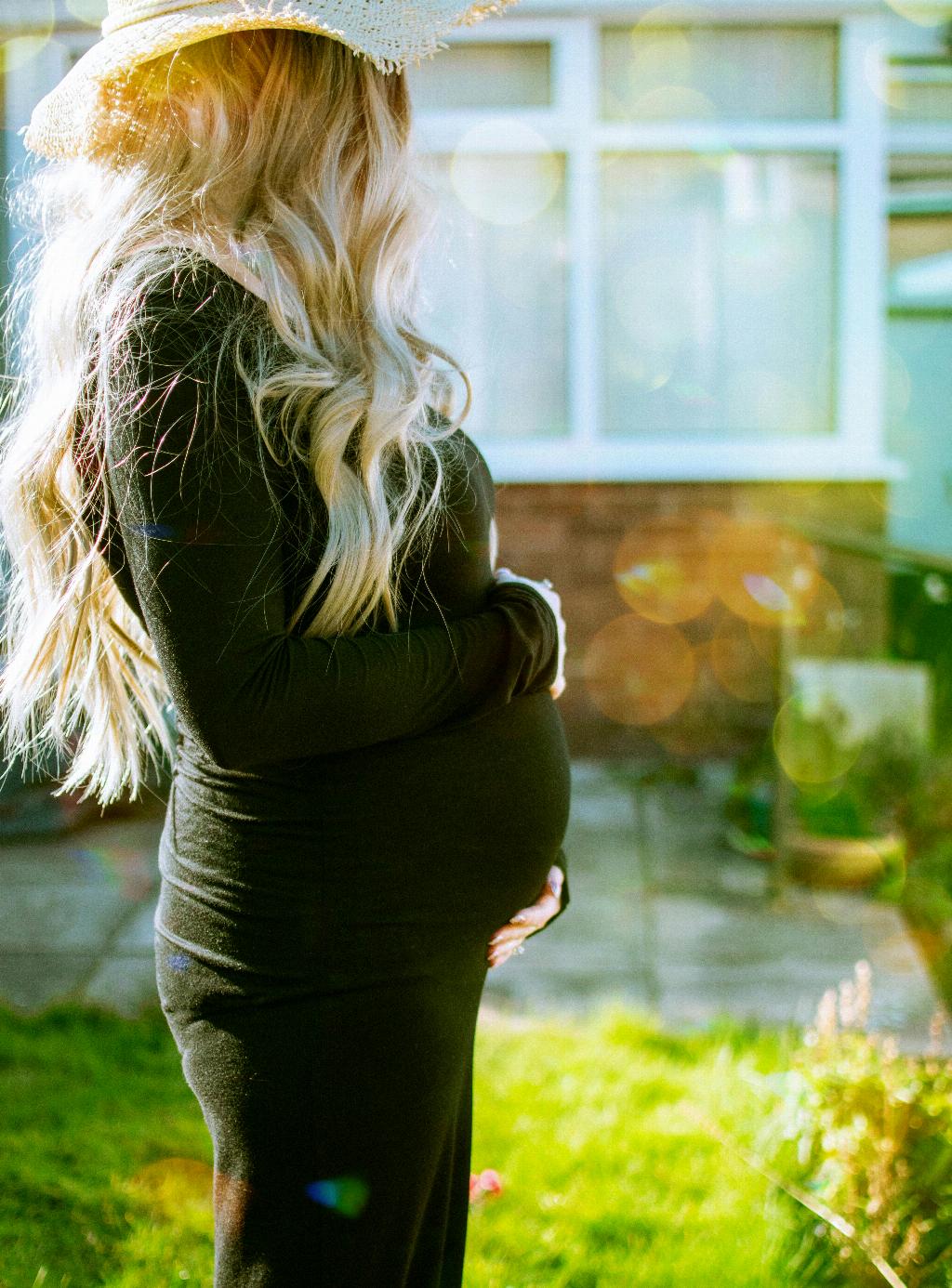One of the common concerns of many expecting mothers is whether it is safe to dye their hair while pregnant. The answer to this question can be complex, with various factors to consider. However, it is essential to understand the potential risks and benefits associated with hair dye use during pregnancy.
Understanding Hair Dye Chemicals
Hair dyes contain chemicals that can be absorbed through the skin, and some may potentially pose risks to a developing fetus. Permanent and semi-permanent hair dyes typically contain chemicals like ammonia and peroxide, which help in changing the hair color. While these chemicals are not highly toxic, their safety during pregnancy remains a topic of debate among experts.
Research on Hair Dye Safety During Pregnancy
Research on the safety of using hair dye during pregnancy is limited, but most studies have shown that it is generally safe for pregnant women to color their hair. However, some studies suggest that exposure to very high doses of hair dye chemicals may have the potential to cause harm to the fetus. It is essential to consider the risks and benefits based on individual circumstances.
Consulting with Your Healthcare Provider
Before deciding to dye your hair during pregnancy, it is always recommended to consult with your healthcare provider. They can provide personalized advice based on your medical history, any previous complications, and the stage of your pregnancy. Your healthcare provider can help assess any potential risks and guide you on making an informed decision.
Alternative Hair Coloring Options
If you are concerned about using traditional hair dyes during pregnancy, there are alternative options available. Consider using plant-based or vegetable dyes, henna, or other natural hair coloring products that are free from harsh chemicals. These alternatives can be a safer choice for expectant mothers.
Minimizing Exposure Risks
If you choose to dye your hair while pregnant, there are steps you can take to minimize exposure risks. Ensure that the area is well-ventilated to reduce inhalation of fumes, and consider wearing gloves to prevent skin contact with the dye. It is also advisable to follow the manufacturer’s instructions carefully and not leave the dye on for longer than recommended.
Timing Your Hair Color Treatment
Some experts recommend waiting until after the first trimester to dye your hair, as this period is crucial for the baby’s development. Others suggest avoiding hair dyeing altogether during pregnancy, especially if you have a history of allergies or skin sensitivities. Consider timing your hair color treatment carefully to minimize any potential risks.
Monitoring for Adverse Reactions
It is essential to be vigilant for any signs of adverse reactions after coloring your hair while pregnant. If you experience itching, redness, swelling, or any unusual symptoms, seek medical attention immediately. Allergic reactions to hair dye can be severe and may require prompt treatment.
Self-Care and Pregnancy
During pregnancy, self-care is essential for the well-being of both you and your baby. While personal grooming and beauty routines are important, it is crucial to prioritize safety and make informed choices. Consider adopting safer alternatives and practices to maintain your appearance without compromising your health or that of your unborn child.
Final Thoughts
In conclusion, the decision to dye your hair while pregnant is a personal one that should be made after careful consideration of the potential risks and benefits. Consult with your healthcare provider, explore alternative options, and take precautions to minimize exposure risks. Ultimately, prioritize your health and well-being during this special time in your life.

